Search
The story of Belleek
- willa
- Mar 28
- 3 min read
Today I will tell the story of Belleek, which I think is a very special story.
Over time, you might have seen the weird and wonderful "cabaret sets" of Belleek porcelain in my shop. A cabaret set is like the set shown here, with a tea service on a matching tray. The one I am showing here was made in different periods between 1863 and 1946, with most pieces some time between 1891 and 1926. The wonderful design is called "Neptune", and this is one of Belleek's most famous designs.
If you ever thought Belleek fine china looks, sounds and feels unique, you are right. There is a backstory to this extraordinarily fine Irish eggshell porcelain, which has an unusually high amount of "frit" and therefore is thinner and finer than any other china.

Pottery in Belleek (in the now Northern-Irish area of Fermanagh) had started in 1849 with John Caldwell Bloomfield, who was a wealthy land owner. During the Irish famine he realised that unless he would find a way for his tenants to make a profit off the land, they would starve. Agriculture had become impossible due to the potato blight caused by mono culture that was plaguing Ireland at that time. Tragically, this caused millions to starve and more millions to leave. As an amateur mineralogist, John Caldwell Bloomfield realised that his land had exactly the right mineral deposits to be used as clay for porcelain. He involved several investors and scientists and after many years of research, trial, error, the building of a railway line to import coal from England, and building a factory, the Belleek pottery resulted, employing the local people and soon producing the finest china made with clay from the Belleek area.
What had started as a way to fend off famine among the local tenants had became a story of incredible success by the 1880s as Queen Victoria fell in love with the fine china and the many homely, slightly bizarre but nature-loving designs; this was different from English tradition, yet it was very much to the taste of the British who had developed a real love for home-made fine china since it was introduced in the late 18th Century. Soon the English nobility started to place big orders and the pottery is still flourishing today and selling its wares the world over, while in England most potteries have long disappeared.
Belleek designs are inspired by nature rather than by fashion: there are sea shells, froth, seaweeds, tree roots and bark, corals, grass and woven baskets. The picture today shows a cabaret set in the "Neptune" series, shaped like shells, with tiny shells for feet and the teapot finial; coral handles; seaweed details on the tray, and sea froth on the shoulder of the teapot. A detail that shows Belleek's attention to detail is that if you put the lid of the teapot in the correct way, you can see that it was cut out of the same piece of moulding as it fits perfectly.
Do you think it's quirky? I agree! But I love the slightly strange sense of beauty that the Belleek designs have; there is nothing else like it.
Apart from this stunning "Neptune" cabaret set, I also have a cabaret set called "Erne", shaped after the fishing nets of the fishermen at the River Erne, which Belleek stands at its shore of; one called "Grass", and a charming coffee set called "Basketweave" stood on an "Artichoke" tray; plus a few smaller items. Many of these services are discounted at the moment!
Where to find things
You can find all my Belleek items here, and you can find all my available stock here. If you always want to see the latest additions, follow me on Instagram... I post pictures and a story several times a week.
Happy weekend everyone! 🐚🐚🐚
This week's treasures:




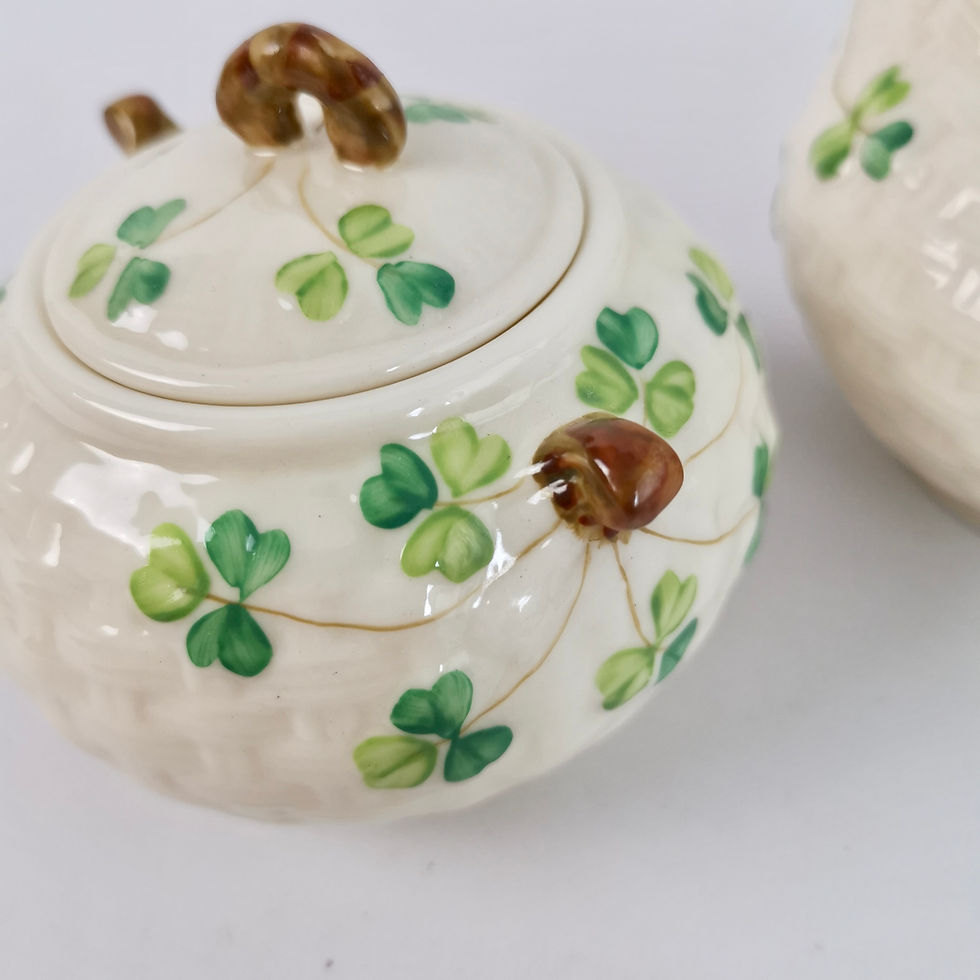





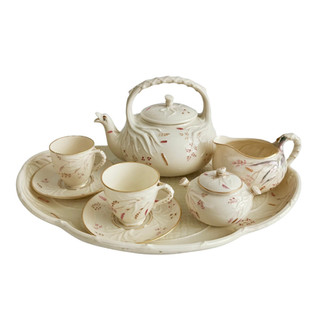
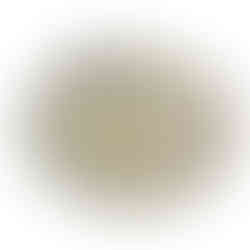




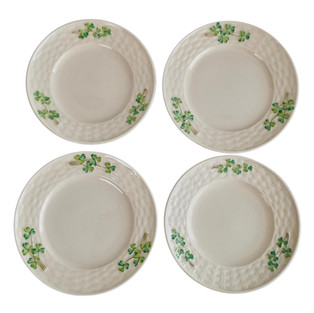
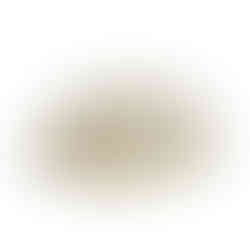


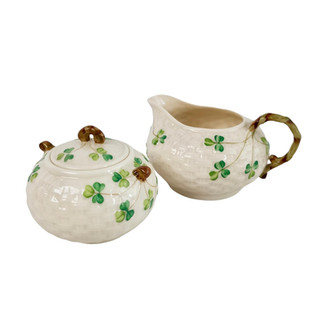


































Thank you for sharing the interesting story of exquisite Belleek china.